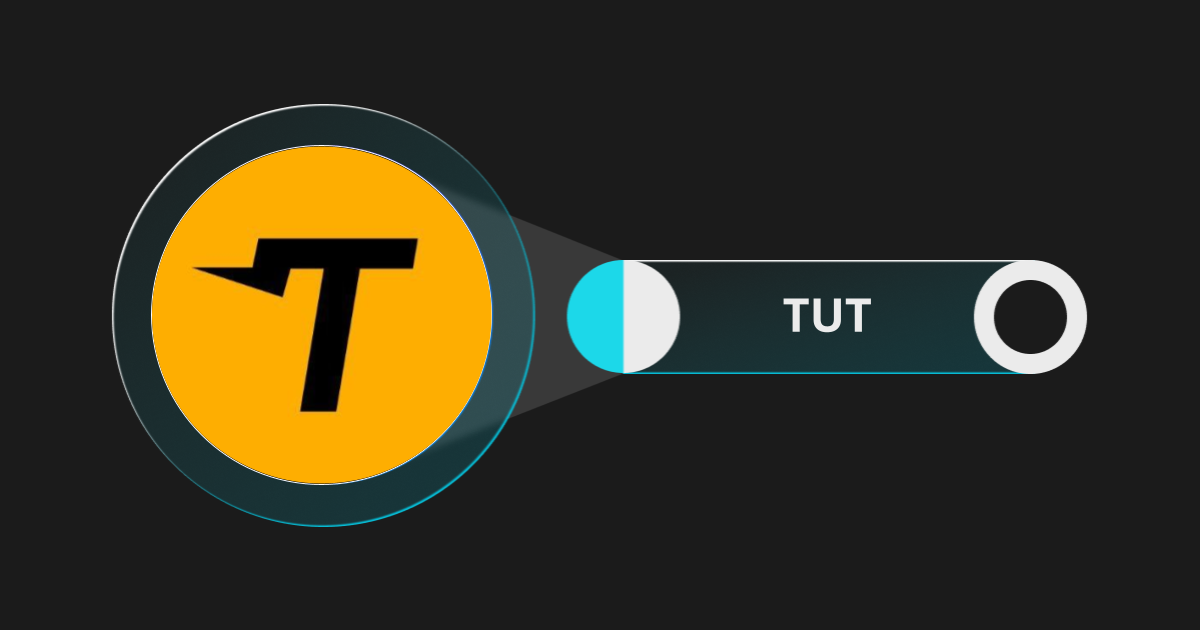EU crypto regulations undermined by lack of enforcement, say observers
The European Union’s flagship crypto legislation, passed in 2023, is coming into effect this year, but pre-existing legislation has not been enforced evenly.
This is according to Jon Helgi Egilsson, chair and founder of Monerium, a licensed e-money issuer operating in the region.
According to Egilsson, the new regulations — the Markets in Crypto-Assets Regulation (MiCA) — are built upon the EU’s Electronic Money Directive (EMD II), which has been flouted for years.
Egilsson expressed dismay at the general state of enforcement and how it impacts e-money firms in the region.
“If you issue e-money, you have to be licensed as an e-money institution,” Egilsson said. “If you don’t, then you’re subject to fines and jail time.”
This is the situation as Egilsson reads it, but as he explained, not everyone faces the same level of scrutiny.
“We are competing with companies both in Europe and outside of Europe, which are doing similar things, but they haven’t received any license.”
While that might be enough to concern e-money issuers, in some ways, becoming licensed only creates additional problems.
Egilsson said, “As a licensed entity, you are restricted, what you can do, how you can promote it, how you can solicit it [...] You have to submit reports, and then the regulator comes back and says, ‘You’re not doing this.’”
Recent: Bitcoin L2s set to explode as Runes congest BTC network
Therefore, becoming a licensed issuer with regulatory oversight involves “a lot of overhead and cost.”
But while Monerium operates under close regulatory scrutiny, other forms of money, including stablecoins, do not.
“I think it’s remarkable that regulators somehow allow this to happen and have been allowing this for years now,” said a clearly unhappy Egilsson.
A disparity in enforcement
Cointelegraph spoke with Natalia Latka, policy director and regulatory affairs at blockchain analysis firm Merkle Science, to understand why this disparity in enforcement has emerged.
Latka explained that in the EU “there are two main divergent legal viewpoints” surrounding the regulation of electronic money tokens (EMTs) or stablecoins.
The first school of thought focuses on the predominance of the Electronic Money Directive.
As Latka says, “According to this school, the EMD directly applied to EMTs before MiCA was enacted, making MiCA a regulation that does not introduce completely new rules but rather reinforces and elaborates upon the existing framework established by the EMD.”
Latka said that this view finds support in Article 48(2) of MiCA, “which explicitly states that e-money tokens shall be considered as electronic money, confirming the application of the EMD to EMTs.”
However, an alternative school of thought within the EU appears to have informed regulators’ approach.
MiCA is king
The second school of thought believes MiCA is the primary legislation for stablecoins or EMTs.
“Supporters of this school emphasize the significant differences between EMTs and traditional electronic money,” said Latka.
As regulators see it, stablecoins create additional risk factors that are not present in e-money. Self-custodial wallets create one such systematic risk factor.
Another risk factor emerges from global stablecoins that could become systemic. The European Commission considered the EMD’s provisions unsuitable for tackling the inherent risks of such a scenario.
Latka said, “It’s important to note that while the commission could have regulated e-money tokens under the EMD, this option was discussed but ultimately not pursued. Instead, the decision was made to create a bespoke regulatory framework that coexists with the EMD to address all regulatory gaps effectively.”
The issue for industry insiders such as Egilsson is that while this new regulatory framework was discussed, debated, approved and enacted, there has not been parity of enforcement.
Given the issues Egilsson raised, Cointelegraph asked if MiCA would make a difference.
“I sincerely believe they will enforce it,” Egilsson said.
An open question
With MiCA coming fully into force later in 2024 and concerned parties such as Egilsson optimistic about its effect, it might appear that the legal debate on stablecoins and e-money is over.
Recent: Where to store your crypto: Wallets provide diverse options for holders
However, MiCA only represents the next step in an ongoing discussion. Far more detail needs to be worked out, which could take years.
“There isn’t a definitive answer to this debate, and it is essential that the EU authorities provide clear guidance,” said Latka. “The industry needs additional clarifications, especially regarding how MiCA interacts with existing EU financial regulations and directives. The interplay of MiCA with other financial laws requires a well-defined demarcation and a strategy for resolving any conflicting or overlapping regulations.”
Disclaimer: The content of this article solely reflects the author's opinion and does not represent the platform in any capacity. This article is not intended to serve as a reference for making investment decisions.
You may also like
Tutorial (TUT): The Meme Coin About AI-Powered Blockchain Education

21Shares to Liquidate Two Bitcoin and Ether Futures ETFs Amid Market Downturn

The Man Who Stabbed CEO of South Korean Crypto Firm Haru Invest Could Face Decade in Prison

